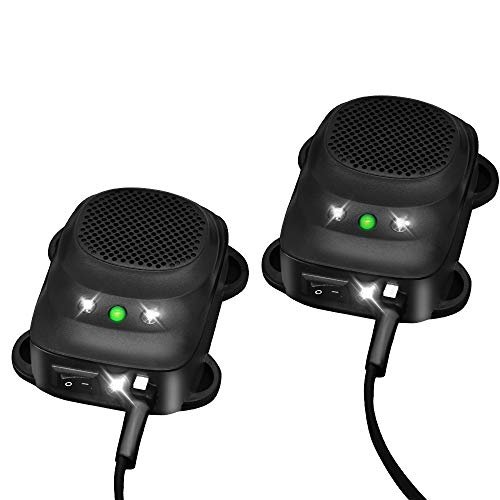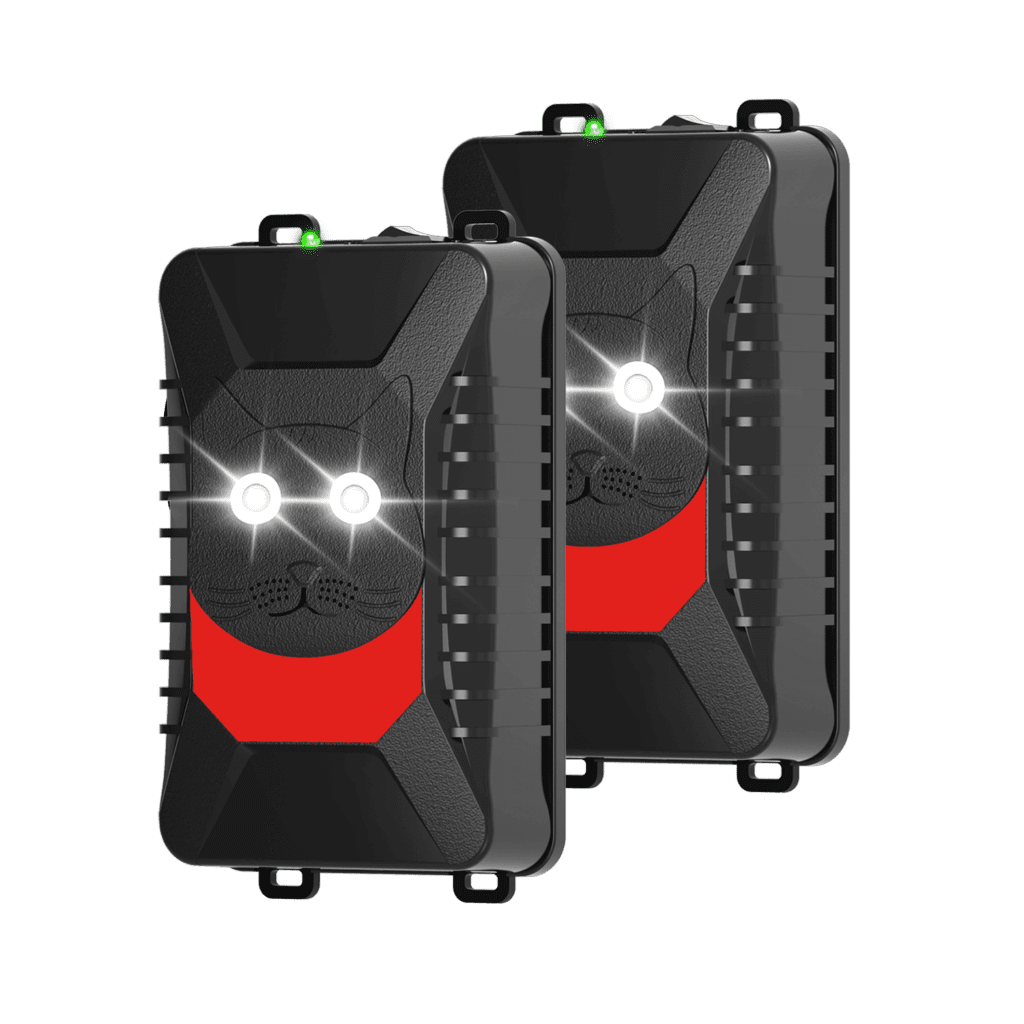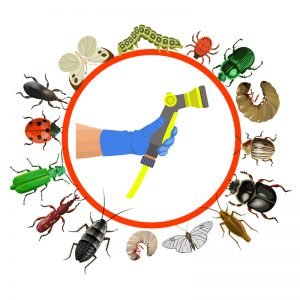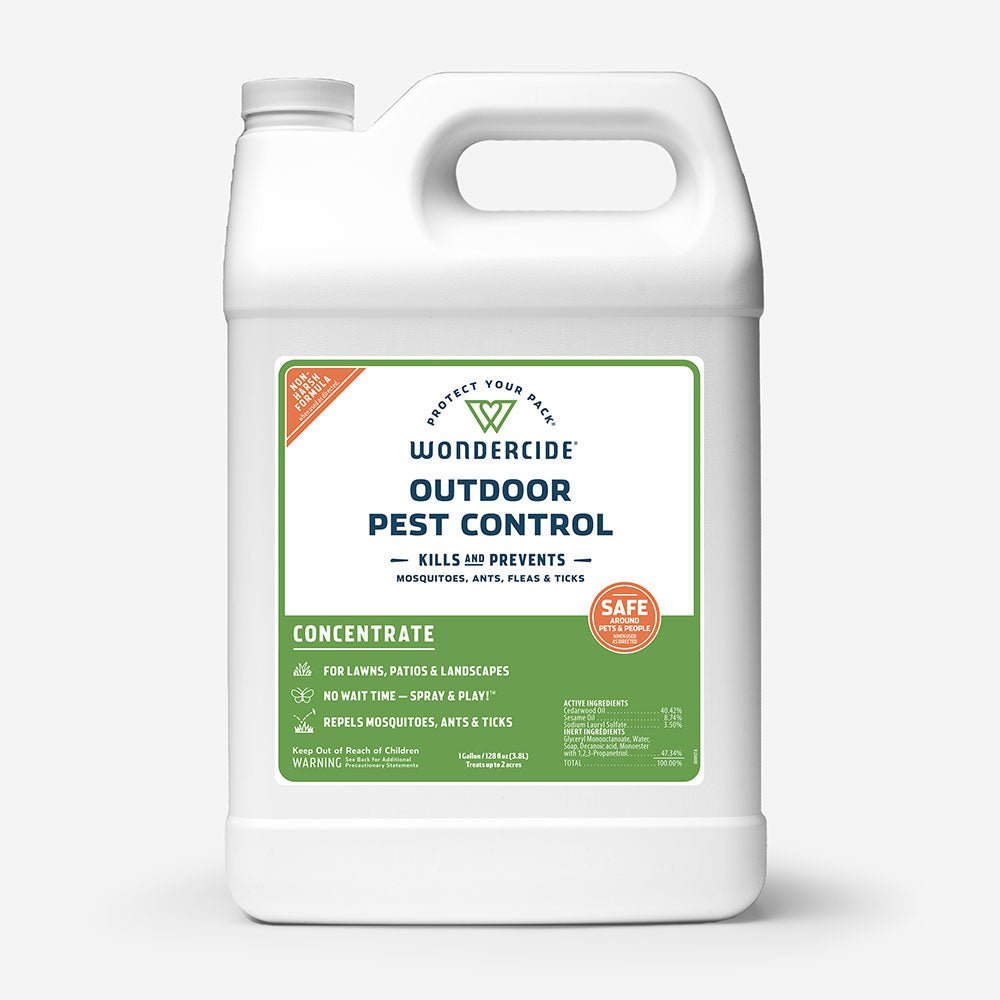Is the warm and cozy engine compartment of your car becoming a popular nesting spot for critters? Fear not! We’ve got you covered with our guide to the best under hood animal repeller. In this article, you’ll discover effective and humane ways to keep those pesky creatures away from your precious vehicle. Say goodbye to chewed wires and damaged hoses – read on to learn how to protect your car and keep it critter-free.
Introduction
Welcome to our comprehensive guide on preventing critters from nesting in your car! We understand how frustrating it can be to discover animals making themselves at home in the cozy nooks and crannies of your engine compartment. Not only can this lead to potential damage, but it can also cause a whole lot of trouble and inconvenience. Fortunately, we’re here to help you understand why animals tend to nest in car engines, how to identify signs of nesting, and most importantly, how to prevent it from happening in the first place. Read on to find out how to keep those critters away and ensure a critter-free car ownership experience!
Understanding the Problem
Why do animals nest in car engines?
Animals, being attracted to warmth and shelter, often seek refuge in car engines, especially during the colder months. The warm engine compartment provides a cozy and secure spot for them to nest and find protection from the elements. Unfortunately, this behavior can cause significant damage to your vehicle and potentially endanger both the animals and yourself.
Common critters that tend to nest in cars
Various critters have a knack for finding their way into car engines. Some of the most common culprits include rats, mice, squirrels, and even birds. These creatures are often enticed by the warmth of the engine and the availability of nesting materials, making your car an attractive nesting spot.
Potential damage caused by critters nesting in your car
Critters nesting in your car can wreak havoc on your vehicle’s electrical system, chew through wires and hoses, and even cause engine damage. They can build nests using materials they find in and around your car, leading to clogged air filters and ventilation systems. Additionally, the accumulation of droppings and debris can create unpleasant odors and compromise the overall cleanliness of your vehicle.


Signs of Critters Nesting
Strange noises coming from under the hood
One of the telltale signs that critters have taken up residence in your car is the presence of strange noises emanating from under the hood. Be on the lookout for scratching, scurrying, or chittering sounds that are out of the ordinary. These sounds are often a result of critters moving around, building nests, or chewing on wires and other components.
Foul odors from the engine compartment
If you detect foul odors coming from your engine compartment, critters might be the culprits. Animal droppings, urine, and decaying nest materials can create unpleasant smells that infiltrate your car’s cabin. If you notice an overpowering stench, it’s time to investigate and address the issue promptly.
Visual cues of nesting materials
Pay close attention to any visible signs of nesting materials in your engine compartment. Critters typically gather leaves, twigs, paper, and other debris to build their nests. If you notice any such materials, it’s highly likely that you have unwanted tenants taking up residence in your car.
Chewed wires or other components
Another significant indicator of critter activity is the presence of chewed wires or other damaged components in your engine compartment. Rodents, in particular, have a penchant for gnawing through wires, hoses, and insulation. If you spot any chewed areas or signs of wire damage, it’s essential to take action immediately to prevent further harm.
Methods to Prevent Critters From Nesting
Regular vehicle maintenance
Maintaining your vehicle regularly is crucial for preventing critters from nesting. Ensure that your car is in good working condition, as small gaps or openings can provide easy access for critters. Regularly inspect your engine compartment for signs of wear and tear, and address any issues promptly.
Keeping your car clean and tidy
Critters are more likely to seek shelter in a messy and cluttered area. Keeping your car clean and tidy eliminates potential nesting sites and reduces the attraction for critters to make a home in your engine compartment. Regularly removing debris, leaves, and other materials from your car can make a significant difference.
Blocking access points
To prevent critters from entering your engine compartment, it’s essential to seal off any potential access points. This includes ensuring that your car’s hood seals properly, closing gaps around wiring and hoses, and using covers or screens to block off vulnerable areas. By eliminating entry points, you significantly reduce the chances of critters nesting in your car.
Natural deterrents and repellents
Certain natural deterrents and repellents can help keep critters away from your engine compartment. Sprinkling cayenne pepper, mothballs, or predator urine near your car can deter animals from venturing too close. Just be mindful of using these substances in a manner that won’t cause harm to the critters or damage your vehicle.
Ultrasonic animal repellers
Ultrasonic animal repellers emit high-frequency sound waves that are inaudible to humans but irritate and discourage animals. These repellers are easy to install and are a non-toxic and non-lethal method of deterring critters from nesting in your car engine. The sound waves create an unsettling environment that animals want to avoid.
Electronic repellent devices
Electronic repellent devices work similarly to ultrasonic repellers but also use other deterrent mechanisms such as flashing lights or vibrations to keep critters away. These devices can be an effective long-term solution for preventing critters from nesting in your car’s engine compartment.
Chemical deterrents
There are chemical deterrents available on the market that specifically repel critters. These products typically contain natural ingredients with strong scents that animals find unpleasant. By applying these deterrents to your engine compartment or car’s exterior, you can discourage critters from getting too close.


Choosing the Best Under Hood Animal Repeller
Consideration factors
When selecting the best under hood animal repeller for your car, it’s important to consider a few factors. These include effectiveness, ease of installation, durability, and compatibility with your specific make and model of vehicle.
Different types of under hood animal repellers
There are various types of under hood animal repellers available, each with its own unique features and advantages. Some repellers emit ultrasonic sound waves, while others use electronic deterrent mechanisms or chemical repellents. Researching and understanding the different types will help you make an informed decision.
Customer reviews and ratings
Customer reviews and ratings are valuable resources when choosing an under hood animal repeller. Take the time to read reviews from other car owners who have used the product you’re considering. Their experiences can provide insight into the effectiveness and reliability of a particular repeller.
Budget considerations
Under hood animal repellers come at various price points. It’s important to set a budget and look for a repeller that falls within your desired range. Remember to consider the long-term costs, such as battery replacements, when evaluating a repeller’s affordability.
Installation Process
Determining the appropriate location
Before installing an under hood animal repeller, it’s crucial to determine the most suitable location for optimal effectiveness. The repeller should be positioned in a way that covers the entire engine compartment and targets the areas most vulnerable to critter nesting.
Step-by-step installation guide
- Read the manufacturer’s instructions: Familiarize yourself with the repeller’s installation instructions before beginning the process.
- Locate a secure mounting spot: Identify a suitable area within your engine compartment to mount the repeller. It should be easily accessible and protected from extreme heat or water exposure.
- Install the mounting bracket: If necessary, attach the mounting bracket to the designated spot using the provided screws or adhesive.
- Attach the repeller unit: Place the repeller onto the mounting bracket and secure it in place according to the manufacturer’s instructions.
- Connect the power source: Depending on the repeller, it may require batteries or a connection to your car’s electrical system. Follow the provided instructions to ensure a proper and safe connection.
- Test the repeller: Once the installation is complete, test the repeller to verify that it’s functioning correctly.
Common installation mistakes to avoid
- Positioning the repeller in an area with poor coverage: Ensure that the repeller is strategically placed to cover the entire engine compartment adequately. Avoid mounting it in a spot that may block its effectiveness.
- Failing to follow the manufacturer’s instructions: Carefully read and adhere to the installation instructions provided by the manufacturer to avoid any potential installation errors.
- Neglecting to secure the repeller properly: A loose or unstable repeller may not be as effective in deterring critters. Make sure the repeller is securely mounted and fastened to prevent it from shifting or falling off.


Maintaining and Troubleshooting
Regular inspections and cleaning
Even with an under hood animal repeller installed, it’s important to conduct regular inspections of your engine compartment. Check for any signs of critter activity, such as nesting materials or chewed wires. Additionally, keep the area clean by removing debris regularly.
Replacing batteries
If your under hood animal repeller relies on batteries, be sure to monitor their condition and replace them as needed. Dead or weak batteries can render the repeller ineffective, so it’s important to stay on top of battery maintenance.
Identifying and addressing possible malfunctions
If you suspect that your under hood animal repeller is not working properly, first check the batteries or power source. Make sure all connections are secure and that the repeller is activated correctly. If the issue persists, consult the manufacturer’s troubleshooting guide or contact customer support for further assistance.
Other Preventive Measures
Covering your car
To further protect your vehicle from critters, consider covering it with a car cover when it’s not in use. This physical barrier can deter animals from accessing your engine compartment and nesting within it.
Using repellent sprays
There are specific repellent sprays available that are formulated to deter critters from approaching your car. These sprays often contain natural ingredients and can be applied to the engine compartment or the car’s exterior as an additional preventive measure.
Keeping surrounding areas unattractive to critters
Critters are more likely to seek shelter in areas where they can find food, water, and nesting materials. Keep the area surrounding your car clean and free from fallen fruits, birdseed, or other potential attractants. By removing these temptations, you reduce the chances of critters taking an interest in your vehicle.
Consulting professionals for spray treatments
If your critter problem persists or becomes unmanageable, consider seeking professional help. Pest control experts can provide appropriate treatments, such as spray applications, to deter critters and protect your vehicle effectively.


Conclusion
Preventing critters from nesting in your car’s engine compartment doesn’t have to be a daunting task. By understanding why animals nest in car engines, recognizing the signs of critter activity, and implementing preventive measures such as under hood animal repellers, you can safeguard your vehicle from potential damage and the inconvenience of unwanted visitors. Remember to choose the best under hood animal repeller that suits your needs, install it properly, and maintain regular inspections and cleanings to ensure long-term success. With these preventive measures in place, you can enjoy a critter-free car ownership experience for years to come.
Your Expert in Animal Control and Extermination. Trust our experience for humane, effective pest management, protecting your property and ensuring peace of mind with Michael S.





